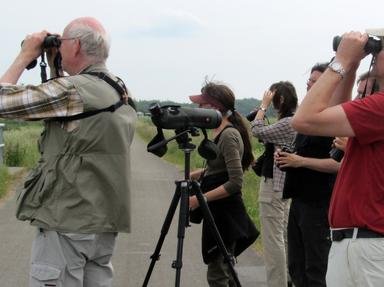Quiz Answer Key and Fun Facts
1. For the first link in our chain, we should determine the family of birds to which the Eurasian blackbird belongs. What is the common name for members of the genus Turdus?
2. As the second link in our blackbird chain, we need to locate a blackbird. In which of these countries will you NOT find a Eurasian blackbird living in the wild?
3. The next link in our blackbird chain requires us to locate one, having reached a country where they are found in the wild. Are we more likely to spot one in a rural area or an urban one?
4. Once we have settled on an area where we are likely to spot a blackbird, the next link in our chain will be to actually spot one. What habitat is most likely to be the favorite haunt of a blackbird?
5. Our next link will be to lure a blackbird close enough for a photograph. We might tempt it with some food. Which of these is NOT likely to tempt a blackbird?
6. The next link in our blackbird chain is deciding whether we are trying to attract a male or a female blackbird. As is often the case for birds, the female blackbird's coloring is quite different from that of the male. What is the name given to this difference?
7. We have a male blackbird in view, and he wants to link up with a female. His first step is establishing the territory in which he plans to woo a female. How does he go about this?
8. The blackbird chain from one generation to the next requires a nest in which to hatch the eggs. In which of these places is a blackbird nest most likely to be found?
9. The baby blackbirds form the first link in the next generation of our blackbird chain. They spend around two weeks in the nest, completely dependent on their parents for food and protection. Which parent takes the dominant role in these tasks?
10. The link in our blackbird chain between one generation and the next is complete when the young ones leave the nest and start living independent lives. What is the term used to describe a bird which has just emerged into independence?
Source: Author
looney_tunes
This quiz was reviewed by FunTrivia editor
Tizzabelle before going online.
Any errors found in FunTrivia content are routinely corrected through our feedback system.

